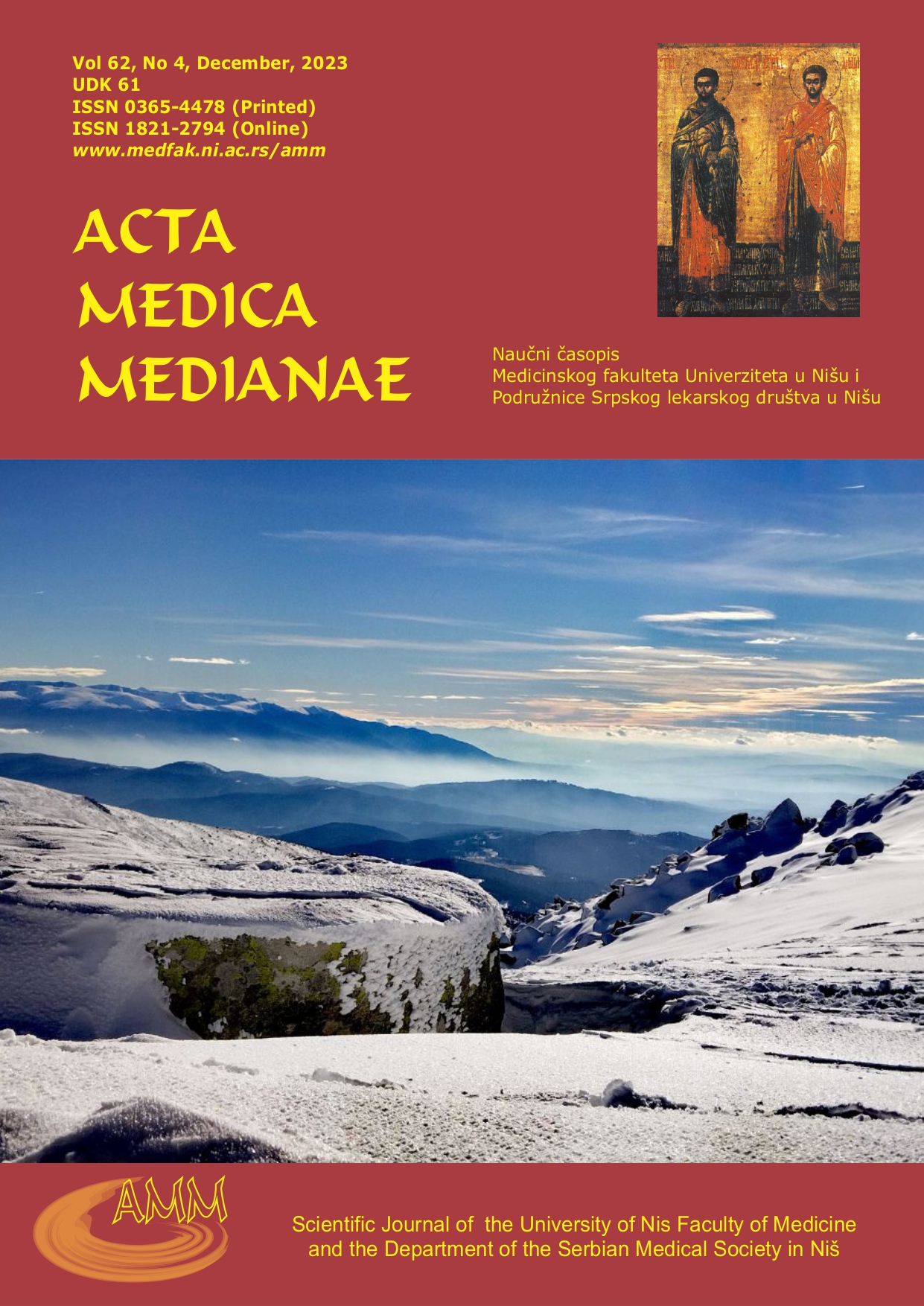HOW TO PERFORM SAFE RETROGRADE CHRONIC TOTAL OCCLUSION RECANALIZATION
Abstract
Chronic total occlusion (CTO) of the coronary artery is defined as more than three-month-old total (100%) anterograde flow obstruction in the native coronary artery.
The data show that 7% − 15% of CTOs are treated with percutaneous coronary intervention and that CTO recanalization still represents the cutting edge in percutaneous coronary intervention. Three different techniques for the CTO recanalization have been described in the literature: antegrade wire escalation, antegrade dissection/re-entry, and retrograde. In case of multiple possibilities for selection of collateral channels, the septal group still represents the most common choice in a large number of retrograde CTO interventions because of the lowest major complication rate. Septal perforations are generally not followed by serious complications and usually resolve spontaneously. On the other hand, epicardial collateral channels can be used with a high rate of success and low incidence of procedural complications when revascularization procedures of CTO lesions are performed by experienced interventional cardiologists and high-volume laboratories
References
Bansal D, Uretsky BF. Treatment of chronic total occlusion by retrograde passage of stents through an epicardial collateral vessel. Catheter Cardiovasc Interv 2008; 72(3):365-9. [CrossRef] [PubMed]
Brayton K, Mohammad A, Brilakis ES, Banerjee S. An update on coronary artery chronic total occlusions. Hosp Pract (1995) 2012; 40(1):232-5. [CrossRef] [PubMed]
Dash D. Complications encountered in coronary chronic total occlusion intervention: Prevention and bailout. Indian Heart J 2016; 68(5):737-46. [CrossRef] [PubMed]
El Sabbagh A, Patel VG, Jeroudi OM, Michael TT, Alomar ME, Mogabgab O, et al. Angiographic success and procedural complications in patients undergoing retrograde percutaneous coronary chronic total occlusion interventions: a weighted meta-analysis of 3,482 patients from 26 studies. Int J Cardiol2014; 174(2):243-8. [CrossRef] [PubMed]
Giubilato S, Tomasello SD, Galassi AR. Percutaneous. Recanalization of Chronic Total Occlusion (CTO) Coronary Arteries: Looking Back and Moving Forward. INTECH Open Access Publisher 2013. [CrossRef]
Joyal D, Thompson CA, Grantham JA, Buller CE, Rinfret S. The retrograde technique for recanalization of chronic total occlusions: a step-by-step approach. JACC Cardiovasc Interv 2012; 5(1):1-11. [CrossRef] [PubMed]
Kalyanasundaram A, Lombardi WL. Complications of Recanalization of Chronic Total Occlusion. Curr Cardiol Rev 2015; 11(4):305-13. [CrossRef] [PubMed]
Lee C-K, Chen Y-H, Lin M-S, Yeh C-F, Hung C-S, KaoH-L, et al. Retrograde Approach is as Effective and Safe as Antegrade Approach in Contemporary Percutaneous Coronary Intervention for Chronic Total Occlusion: A Taiwan Single-Center Registry Study. Acta Cardiol Sin 2017; 33(1):20-7. [CrossRef] [PubMed]
Mehran R, Claessen BE, Godino C, Dangas GD, Obunai K, Kanwal S, et al. Multinational Chronic Total Occlusion Registry. Long-term outcome of percutaneous coronary intervention for chronic total occlusions. JACC Cardiovasc Interv 2011; 4(9):952-61. [CrossRef] [PubMed]
Qu X, Fang W, Gong K, Ye J, Guan S, Li R, et al. Clinical Significance of A Single Multi-Slice CT Assessment in Patients with Coronary Chronic Total Occlusion Lesions Prior to Revascularization. Vliegenthart R, ed. PLoS ONE 2014; 9(6): e98242. [CrossRef] [PubMed]
Sianos G, Konstantinidis NV, Di Mario C, Karvounis H. Theory and practical based approach to chronic total occlusions. BMC Cardiovasc Disord 2016; 16:33. [CrossRef] [PubMed]
Tran P, Phan H, Shah SR, Latif F, Nguyen T. Applied Pathology for Interventions of Coronary Chronic Total Occlusion. Curr Cardiol Rev 2015; 11(4):273-6. [CrossRef] [PubMed]

